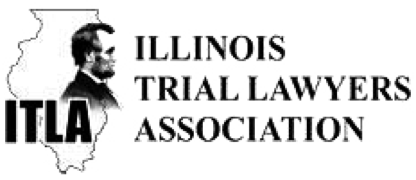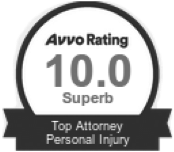Navigating the aftermath of a birth injury is a challenging journey, one that no family anticipates or prepares for. Birth injuries, often the result of medical negligence, can have long-lasting impacts on both the child and the family.
Understanding what birth injuries are, recognizing the signs, and knowing the steps to take can help parents advocate for their child’s needs and secure the necessary support.
Understanding Birth Injuries
Birth injuries differ from birth defects in that they are not caused by genetic or congenital conditions, but by medical negligence during labor and delivery.
According to the Centers for Disease Control and Prevention (CDC), about one in every 33 children suffers from a birth injury. These injuries can be attributed to a range of complications and errors, such as hypoxia (insufficient oxygen) or anoxia (complete deprivation of oxygen), mismanaged preeclampsia, and improper use of delivery tools.
Common types of birth injuries include:
- Hypoxic-Ischemic Encephalopathy (HIE): This severe brain injury results from inadequate oxygen supply to the brain and is the leading cause of infant mortality due to birth injuries.
- Cerebral Palsy: Often caused by abnormal brain development or damage during birth, it affects muscle control and movement.
- Brachial Plexus Palsy: Damage to the network of nerves controlling the arm and hand, typically caused by excessive force during delivery or the improper use of forceps or vacuum extractors.
What are the Symptoms of a Birth Injury?
Symptoms of birth injuries can be immediate or become apparent as the child grows. Early signs include seizures, difficulty with movement, and feeding issues.
As the child develops, parents might notice developmental delays, behavioral challenges, intellectual disabilities, and communication difficulties. Observing these signs warrants immediate medical attention to diagnose and intervene early.
Taking Action for a Birth Injury
Once you understand exactly what’s occurred, you can begin to take action. Consider these facets that may require your energy and attention.
Emotional Support
The emotional toll of a birth injury on a family is profound. Parents may experience guilt, anxiety, and isolation. It’s crucial to seek emotional support through counseling, support groups, and connecting with other families facing similar challenges. Siblings might also need reassurance and support to understand the extra attention their brother or sister requires.
Seeking Community and Resources
Connecting with other families and advocacy organizations provides invaluable emotional and practical support. These communities offer shared experiences, resources, and a sense of solidarity that can be empowering. Additionally, exploring all available therapies and educational resources can optimize your child’s development and quality of life.
Financial Considerations
The cost of caring for a child with a birth injury can be overwhelming. Early intervention services, specialized therapies, and assistive technologies are essential for the child’s development but can be financially draining. Families often need to plan for long-term care, which may include educational support and ongoing medical treatments.
Legal Recourse
If you suspect that medical negligence contributed to your child’s injury, consulting with an experienced medical malpractice attorney is crucial. Here’s a step-by-step approach to determine if your child’s birth injury was caused by negligence:
- Understand standards of care: Educate yourself about the standard medical practices during pregnancy and delivery. Any deviation from these standards could indicate negligence.
- Review medical records: Obtain all relevant medical records to identify discrepancies or deviations from standard care.
- Seek expert opinions: Medical experts can provide professional insights into whether the injury resulted from negligence.
- Document everything: Keep detailed records of your child’s symptoms, progress, and treatments.
- Legal counsel: An experienced attorney can help evaluate your case, guide you through the legal process, and seek compensation for your child’s care.
Navigating a birth injury’s aftermath is complex and emotionally taxing. However, with the right support system, legal guidance, and access to resources, families can find a path forward, ensuring their child receives the care and opportunities they deserve.
Get a Free Resource for Navigating a Birth Injury
Especially after a birth injury, it’s essential to stay informed and proactive about your child’s health and development. We’ve created a comprehensive Birth Injury Checklist designed to empower you with critical questions to ask healthcare professionals during your child’s checkups.
This checklist will guide you through monitoring milestones, recognizing potential symptoms, and asking the right questions at each stage of your child’s early development.
Take the first step in ensuring your child’s health and development by downloading the Birth Injury Checklist today. Empower yourself with the tools and knowledge to advocate for your child effectively and catch any symptoms of a birth injury as early as possible.







